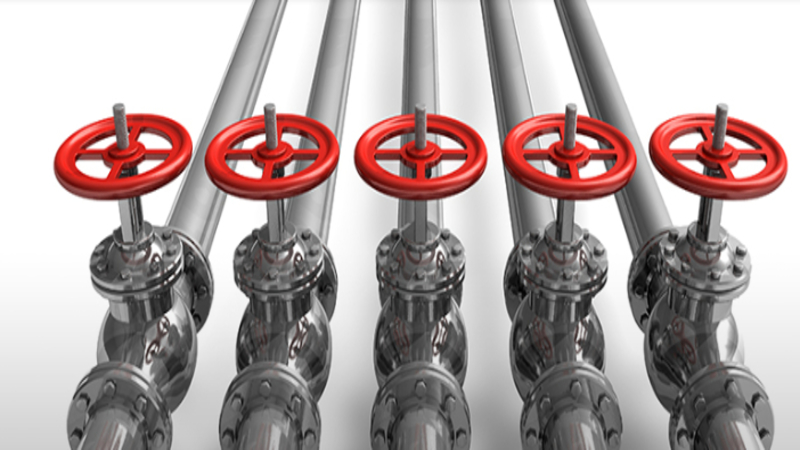In many processing applications today, the material gets heated. Some things need melting while other things take on different properties when exposed to heat. When heating liquids, heat exchangers offer some of the most efficient ways to transfer heat. The most common kinds are tube and shell and the plate type heat exchanger. Which one is best for your applications? Here is a closer look to help explain their differences and similarities.
How Do Heat Exchangers Work?
Suppose you need to heat milk to pasteurize it. You can place a large vat or tank of milk over a burner or fire. This heats the milk, but a great deal of the energy is lost in the process. Heat exchangers let you transfer heat from one liquid or gas system to another. The liquids never mix so there is no cross-contamination.
Shell and Tube
Imagine liquid passing through a series of tubes and then exiting. Now place these tubes inside of another container with liquid or gas. As the heated liquid passes through the tubes (inside another medium) heat transfers to the other medium. This is basically how shell and tube systems work.
Plate Type Heat Exchanger
A plate system works like a tube and shell system. However, instead of tubes, it uses a series of hollow plates stacked one atop the other. Every other plate contains the same liquid, so both systems pass next to each other, causing heat transfer.
Benefits
Shell and tube systems are simple to service and can handle viscous liquids. They see frequent use in the marine and mining industries. A plate type heat exchanger system is compact and takes up less space. It can handle higher pressure and temperatures in a cost-effective manner. They are commonly seen in the beverage and food processing industries today.



